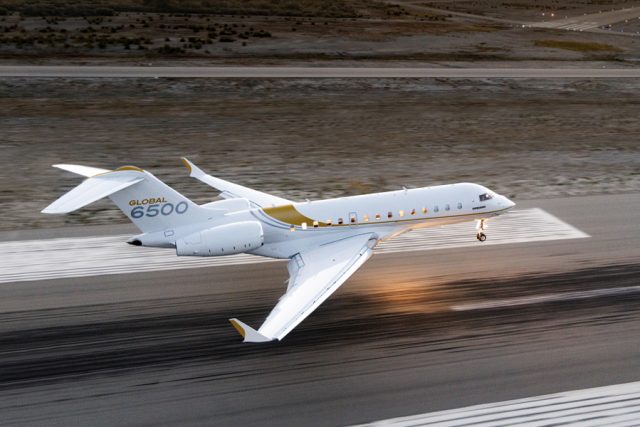When we talk about the private jet industry we often focus on the aircraft, the luxury and the in-flight customer experience, but what about takeoff and landing? You may be surprised to learn how runway limitations and advantages impact the operational capabilities of the aircraft using them.
First let’s look at the impact of runway related limitations.
Length Restrictions: Private jets, particularly larger models, require adequate runway length for takeoff and landing. Limited runway lengths at certain airports may restrict the types of private jets that can operate from them, potentially limiting accessibility to certain destinations.
Weight Restrictions: Runway strength and load-bearing capacity impose weight restrictions on private jet operations. Heavier aircraft may require longer runways to safely take off and land, limiting their options at airports with shorter runways or lower weight-bearing capacities.
Elevation and Temperature: High-altitude airports and hot weather conditions can affect aircraft performance, requiring longer runways for takeoff and landing. Private jets operating from airports in mountainous regions or during summer months may face performance limitations due to reduced air density and engine performance.
Obstacle Clearance: Runway surroundings, such as terrain features and obstacles like buildings or trees, can limit usable runway length and impose restrictions on approach and departure paths. Private jets must adhere to strict obstacle clearance criteria to ensure safe operations.
Here are some runway related advantages:
Short Runway Capability: Some private jets, particularly light and midsize models, are designed to operate from shorter runways with minimal runway length requirements. This capability enhances accessibility to smaller airports and remote destinations, offering travelers more flexibility and convenience.
High-Speed Takeoff and Landing: Private jets equipped with advanced aerodynamic designs and powerful engines can achieve high-speed takeoffs and landings, requiring shorter runway distances. This capability enables efficient operations from airports with limited runway lengths, reducing travel time and enhancing overall efficiency.
Performance Optimization: Private jet manufacturers continuously innovate to optimize aircraft performance, including runway performance. Technologies such as thrust reversers, leading-edge slats, and aerodynamic enhancements improve takeoff and landing performance, allowing private jets to operate from a wider range of airports with varying runway conditions.
Operational Flexibility: Private jet operators can leverage advanced planning tools and performance data to optimize flight routes and select airports that best accommodate runway limitations. By strategically planning flight operations and destinations, operators can ensure maximum efficiency.
